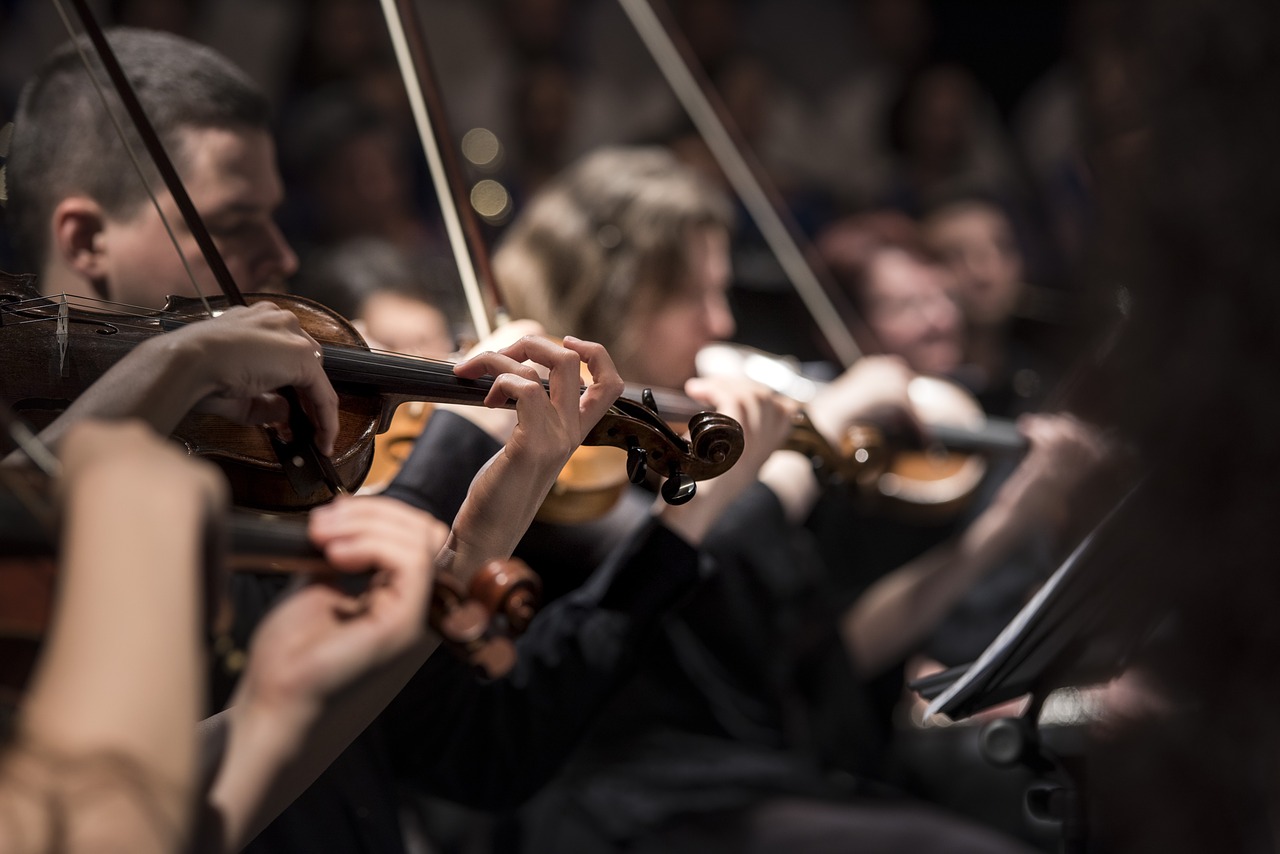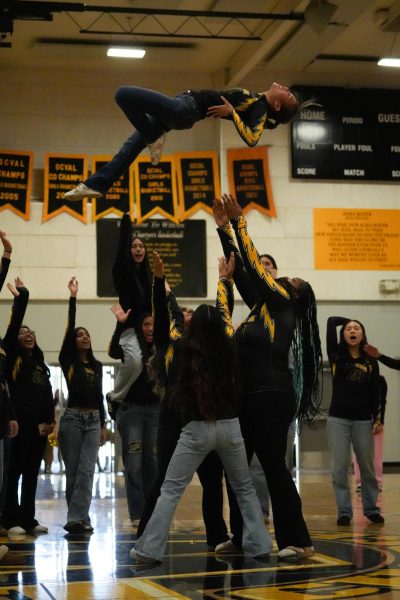The Supreme of Sounds: Classical Music
One may point out that it is impossible to determine music that is universally “good” or “bad”, but people in our community seem to understand what makes music “good” and what makes music “bad.” “It’s the lyrics,” one declares. “It’s the feel that you get from it,” says another. “It’s the community that listens to it,” claims a third. However, one must venture to ask if the words in a song really determine the melody, tonality and rhythmic sequence of the song. It may, in some cases, but in most instances, the music of the song will sound the same if the lyrics are sung the same, even if the lyrics itself are different. The community itself may be biased and cannot readily determine quality. The most technical, objective way to determine superior music and inferior music, to me, has two parts: the execution of the song and its components as deemed appropriate by music theory, and a strong emotion that is evoked as a result of the song’s melody, dynamics, and overall ingenuity. If we can accept these criteria as the closest to distinguishing the quality of various kinds of music, then it is evident that classical music is up to standard in analyzing the best of musical genres.
There is a reason why baroque, classical, and romantic music has survived for over 200 years. Although they may not be included in your “Hottest Mixtapes” playlist, classical music has permeated into many different parts of our society. Even in our daily lives, people often sing the first couple seconds of Beethoven’s Fifth Symphony to imply that something bad has happened. Compared to this phenomena, it is very rare to see a major rap or EDM song maintain its popularity and influence for more than a year.
Classical music, or more specifically classical piano music, withholds several elements of sophisticated musicality that music nowadays either completely lacks or does not develop. First and foremost, classical piano music can convey a story of emotions without heavy reliance on lyrical rhyming, heavy synths, or awful auto-tuning.
Classical music is the epitome of music that accompanies its melody with harmonious voices and intricate ornamentations; it maintains consistency with the tonality of the music; it integrates intricate features to convey various emotions. It also incorporates relative, dominant and secondary dominant keys to shift the tone of the music without abrupt changes to ensure a sleek musical composition, and it implements a wide range of dynamics and articulation to further enhance the beauty of music in its rawest form.
In comparison to the qualities of classical music, most of the electronic music and rap music we listen to today is often without intriguing melodies or voices. Even to pieces that include some kind of melody, these pieces are often repetitions of basic chord progressions and scales that would sound shockingly plain to most people if it were not for the bass and synths that are added afterward. Ultimately, this “mechanization” of music is the very phenomenon that is eating away at the essence of the art. While classical music has a number of qualities that demonstrate superb musicality, some may argue that this musical genre is limited, plain, and perhaps tedious because of its lack of lyrical power and rhyme schemes. Thus, they may dismiss classical music as an inferior art. However, it is important to understand the original purpose of music. In general terms, music may be defined as an art of self-expression. If so, then the lyrical phrases and rhyme schemes that constitute modern music are components that facilitate the artist’s self-expression. In comparison, classical music achieves self-expression without even relying on lyrics or rhymes that denote emotions.
This, as far as I can tell, is the beauty of classical music, or more broadly, instrumental music that lyric-based music does not have. In literature, there is a common phrase used to evaluate the quality of passages, and that is “show not tell.” Because literature is also an art of self-expression, this phrase can be applied to music as well. If lyric-based music is an art form that exemplifies “show,” then classical music is the art form that demonstrates “tell.” Even in the case of opera, the libretto are often magnificent liturgical and creative pieces that singers sing melodically to tell the story of the performance. Thus, the emphasis of classical music on the instrument rather than vocals is the precise reason why it is the music style that best demonstrates the essence of music.
Of course, there are numerous exceptions to this characterization of modern music. Examples of this would be contemporary music such as jazz and instrumental music. It is needless to say that the compositions of composers such as John Williams and Hans Zimmer are glimmering diamonds in a sea of mundane music that constitute much of today’s rap and electronic music. Pop music, especially Asian pop music, is another genre of music that focuses more on musicality rather than incessant auto-tuning and repetition of a single theme. It is important to note, however, that if one listens to songs like these, there will most likely be elements of classical music integrated into these pieces.
Regardless of what you may be thinking, I personally believe that people who deliberately ignore or avoid classical music are giving up on a genre of music that has the potential to be riveting. Naturally, to those who have only listened to current mainstream music, the transition to classical music will be very lackluster, and the music will sound complex and perhaps uneventful. As you begin to uncover what truly makes good music and bad music however, sooner or later, you will begin to feel an appreciation for classical music. Start by listening to a classical music playlist while you are studying; then, perhaps you can make your own playlist of pieces that fit you. If you cannot bear the musicality of classical compositions, so be it. If you think you can give this music a chance, then I will welcome you.






